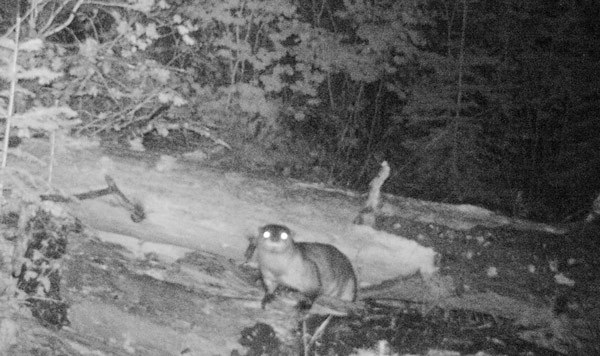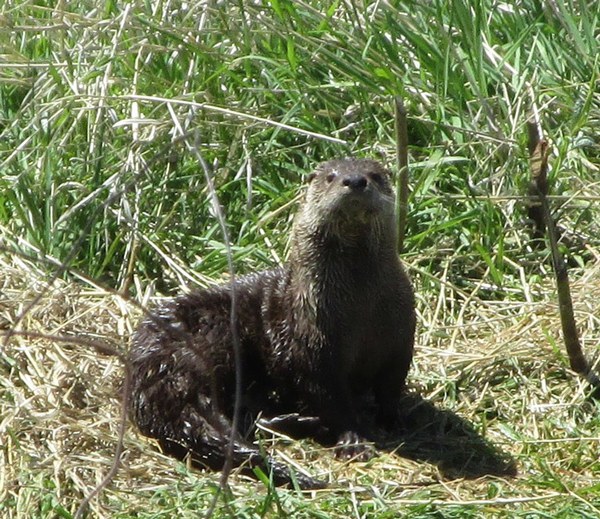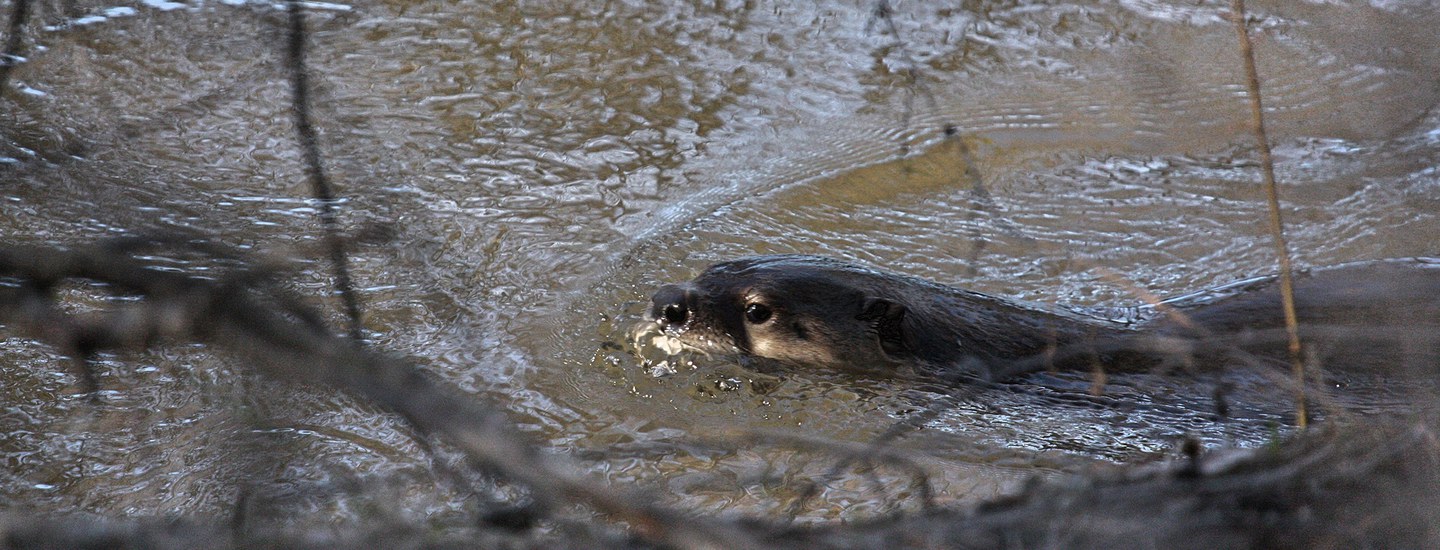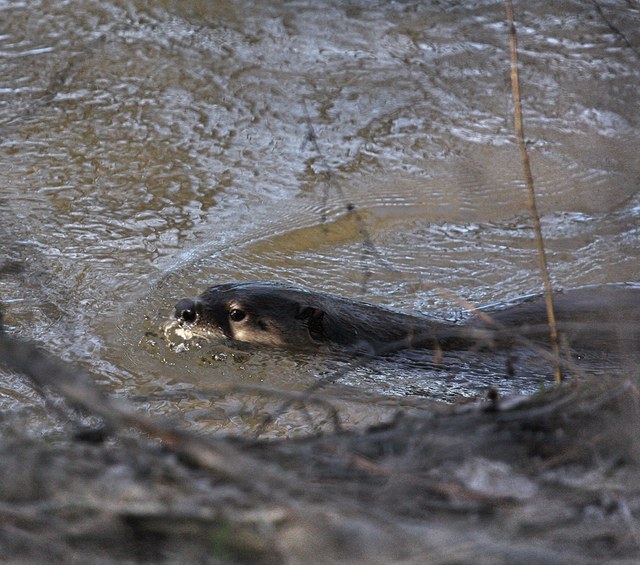Northern river otters (Lontra canadensis) are in the mustelid family, more commonly referred to as weasels. They are found throughout the United States and Canada, except in arid regions of the southwest. They are common in Oregon within areas where there is fresh water.
Spraint is the technical word for river otter droppings. It is unknown how this term came about, but something as foul smelling as otter droppings deserves its own special name! Otters utilize and return to “latrines” where they poop, roll about, and sleep. Their latrines become deeply enmeshed in the smell of an otter and his or her kin and are thought to be a communication tool to tell other otters, “Hey, this place is taken and I am depleting all the food resources, so scram!”
Beware the otter latrine if you are walking your dog, as Fido is likely to find great pleasure in rolling in piles of sticky, fishy spraint left behind by the otter!
Here in Central Oregon, every otter you see is a northern river otter. If you head to the coast, however, things get a little tricky. Historically, sea otters did inhabit the Oregon coast. Sadly, the Oregon population was hunted to extinction in the early 1900s. The closest known population of sea otters is a reintroduced population near the Olympic Peninsula in Washington, with occasional sightings off the coast of Oregon. River otters use the ocean as well--to hunt and to move from one fresh water inlet to another. So if you see an otter in the ocean, don’t assume it’s a sea otter!
River otters are famous for their frolicking and for entertaining human observers. So is this play, or something else? “Play” is common among mammals, especially immature mammals, and this activity is thought to be learning behavior--siblings play fighting, prowling around and “hunting” one another, conditioning themselves to go out into the big, bad world and make a living. But otters go sledding. In northern climates, otters have been observed climbing up snowy hillsides and sliding down again and again; apparently, just for the heck of it. Hard to believe they are not getting an adrenaline fix or training for the otter Olympics. In all likelihood, this type of behavior satisfies both self enjoyment pursuits or "play" and also physical conditioning.
Early autumn is the time of year when river otters settle down and get serious about raising a family. Well, female river otters do. The males generally only participate in the breeding portion of reproduction; then they are off to find the next female to pass along their genetics. In order to avoid giving birth in the middle of winter, otters in cold climates have a cool adaptation called delayed implantation. This adaptation allows the female’s egg to go into suspended animation shortly after fertilization and delay their pregnancy. So even though their total gestation is 230 days, the embryo is only developing the last 30 days, and the pups (average of 4), are conveniently born in the spring. Pups are born into and raised in holts. Holts are burrows in the bank of a stream with several entrances and exits. The female raises her young either alone or with the help of other related females.
River otters are often indicators of water quality. As a predator near the top of the aquatic food chain, they bioaccumulate toxins consumed by and stored in their prey. In conditions where water quality is very poor, these toxins kill otters or disrupt reproduction, leading to local eradication of the species. Many places in North America have lost their otter populations. Fortunately, regulations passed since the 1980s have banned many of these harmful pollutants and polluted waterways have recovered. The reintroduction of otters in these areas are often successful. Hopefully over time, river otters will reclaim all the territory they historically inhabited.


